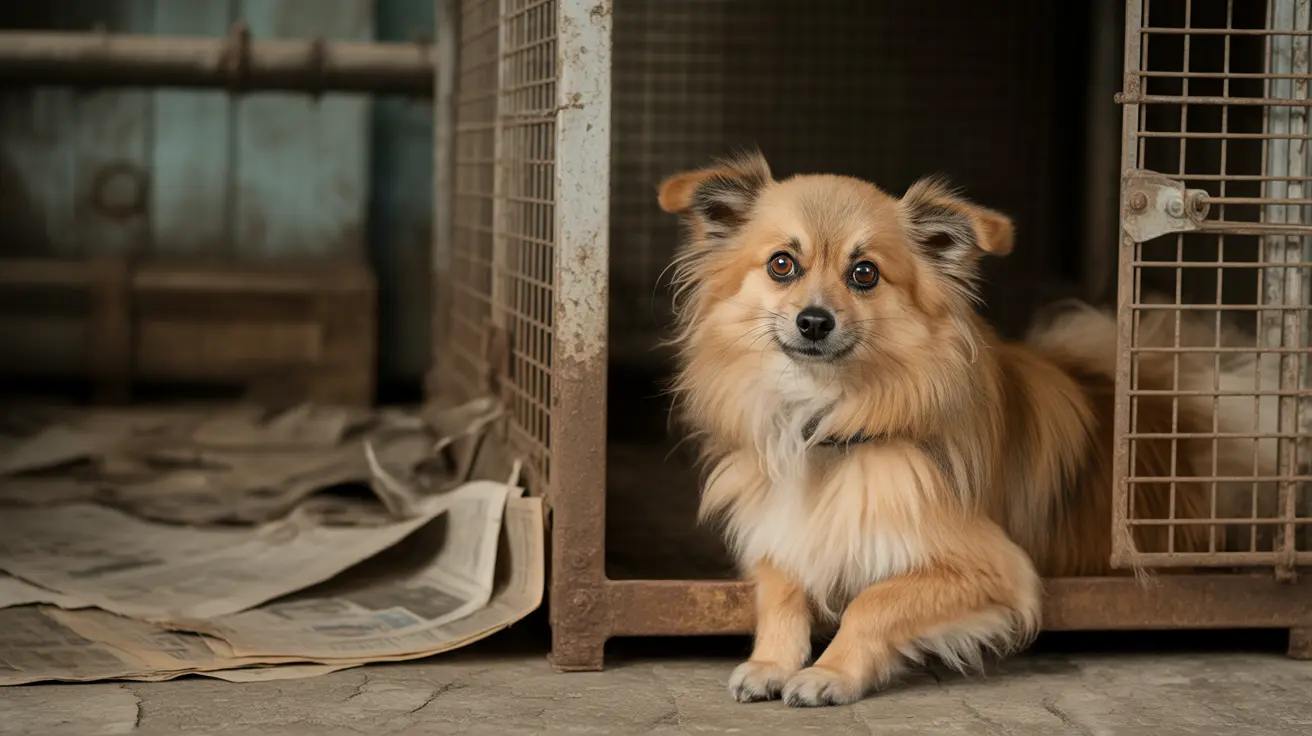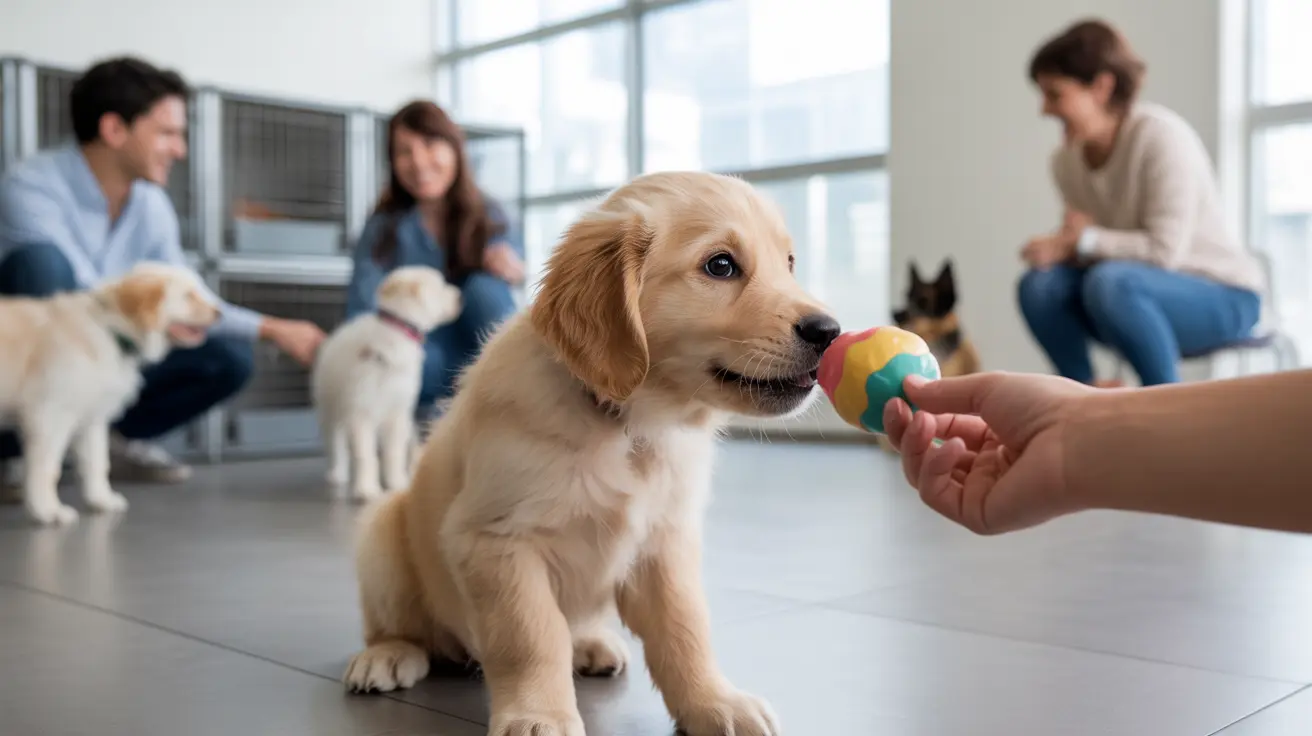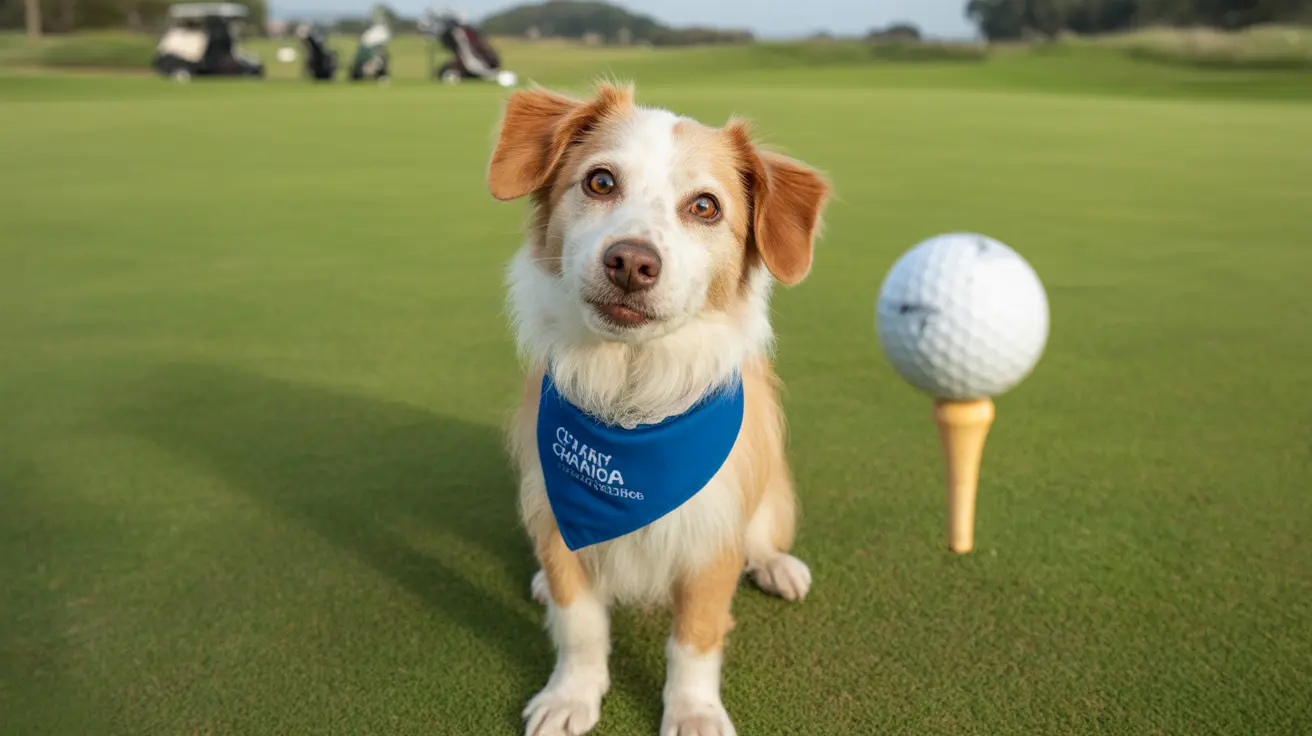What Happens When a Coyote Spots a Dog?
Coyotes are highly adaptable wildlife that increasingly coexist with humans, especially in suburban and rural areas. Understanding what a coyote will do if it sees a dog is essential for pet owners who live in or near natural areas. Coyotes typically exhibit one of several behaviors when they encounter a dog, and these reactions can vary significantly based on context, season, and the behavior of the dog and its owner.Why Coyotes May Approach Dogs
There are several reasons a coyote may react to a dog:- Territorial Defense: Coyotes may perceive dogs as threats to their territory, especially during mating (January–March) and pupping season (April–July).
- Predatory Instinct: Small dogs can be mistaken for prey. Coyotes are opportunistic hunters and might attempt to attack if they think they have an easy meal.
- Curiosity or Caution: Coyotes often respond with alertness, staring, or retreating. They may follow a dog and its owner at a distance out of curiosity or as a territorial display.
- Luring Behavior: In some cases, a coyote may try to lure a dog away from its owner or safe area, usually leading it into an ambush zone where other coyotes may be waiting.
Common Coyote Reactions
Coyotes do not behave uniformly when they encounter dogs. Their response is influenced by multiple factors such as size of the dog, proximity to pups or dens, and whether the dog is leashed.- Flight: A lone coyote might retreat quickly upon seeing a dog, especially a large one or if humans are nearby.
- Display Behavior: Coyotes may pause, stiffen their body, raise their tail, or bark as a display of dominance or warning.
- Aggression: In bolder or protective contexts, coyotes may growl, charge, or even bite—most often directed at small, off-leash dogs.
Seasonal Risk Factors
The time of year impacts the likelihood and severity of a coyote’s reaction:- Mating Season: Coyotes become more territorial and unpredictable from January to March.
- Pupping Season: From April to July, adult coyotes aggressively protect their dens from perceived threats, including dogs.
How to Respond to a Coyote Encounter
To reduce risks during a coyote encounter while walking a dog:- Keep Dogs On-Leash: A leashed dog is less likely to wander or provoke a coyote.
- Make Yourself Big: Wave your arms, shout, and stand tall to intimidate the coyote.
- Carry Deterrents: Use noisemakers, whistles, or deterrent sprays.
- Back Away Slowly: Don’t turn your back or run; continue facing the coyote while retreating with your dog.
- Report Aggressive Behavior: Notify local wildlife control if you experience or witness repeated coyote aggression.
Dog Size and Breed Impact
- Small Breeds: Chihuahuas, Pomeranians, and similar small dogs are particularly vulnerable to coyote attacks.
- Medium to Large Dogs: Coyotes may still approach out of aggression or territoriality but are less likely to attack unless provoked.
Preventive Tips for Pet Owners
- Avoid dawn and dusk walks when coyotes are most active.
- Do not leave pet food or water bowls outside.
- Keep yards fenced and monitor pets when outside.
Myths About Coyotes and Dogs
Myth 1: Coyotes only attack dogs when starving — False; territorial motives play a big role.Myth 2: A coyote won’t attack with humans nearby — False; bold coyotes may still confront dogs.
Myth 3: Coyotes and dogs can become friends — Rare; some coyotes may show curiosity, but relationships are unpredictable and often dangerous.





